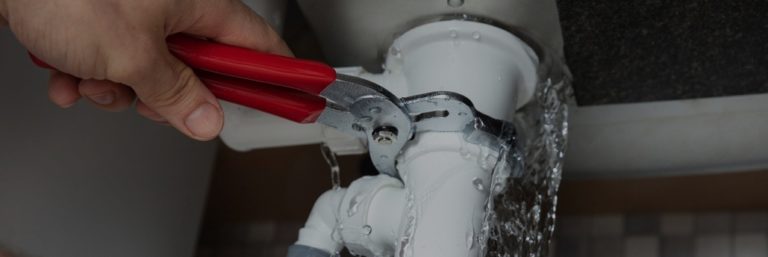Just how to Examine If Your Home Has a Covert Leak
Just how to Examine If Your Home Has a Covert Leak
Blog Article
We have noticed this article on Finding hidden leaks directly below on the net and felt it made good sense to discuss it with you on this site.

Early discovery of leaking water lines can mitigate a potential calamity. Aside from saving you cash, it will minimize the worry and also stress. The minute you find a leak, calling your plumber for repairs is the very best service. Some tiny water leakages may not be noticeable. Below are some hacks that help if you can not identify it with your naked eyes.
1. Check Out the Water Meter
Every home has a water meter. Checking it is a surefire way that helps you find leaks. For beginners, turn off all the water resources. Guarantee no one will purge, utilize the faucet, shower, run the cleaning maker or dish washer. From there, go to the meter and also watch if it will alter. Given that no person is utilizing it, there must be no motions. If it moves, that suggests a fast-moving leakage. If you spot no modifications, wait an hour or two and examine back once more. This implies you may have a sluggish leakage that might even be underground.
2. Examine Water Usage
Analyze your water bills and also track your water usage. As the one paying it, you ought to observe if there are any kind of discrepancies. If you spot sudden changes, regardless of your usage coinciding, it implies that you have leaks in your plumbing system. Bear in mind, your water costs should fall under the same array each month. A sudden spike in your bill suggests a fast-moving leakage.
Meanwhile, a stable boost monthly, even with the very same habits, reveals you have a sluggish leakage that's also gradually rising. Call a plumber to completely inspect your property, particularly if you really feel a cozy area on your floor with piping underneath.
3. Do a Food Coloring Examination
When it comes to water intake, 30% comes from commodes. If the shade somehow infiltrates your dish during that time without flushing, there's a leak in between the container and dish.
4. Asses Outside Lines
Don't forget to examine your exterior water lines too. Test spigots by attaching a yard hose pipe. Ought to water seep out of the link, you have a loosened rubber gasket. Replace this and also make certain all connections are tight. It will certainly help get it professionally analyzed and also maintained each year if you've obtained a lawn sprinkler system. One tiny leak can throw away lots of water and also increase your water costs.
5. Examine and Analyze the Situation
Property owners should make it a behavior to check under the sink counters as well as also inside closets for any type of bad odor or mold and mildew growth. These two red flags indicate a leakage so punctual focus is called for. Doing regular assessments, also bi-annually, can save you from a major problem.
Examine for discolorations and deteriorating as the majority of pipes and home appliances have a life expectations. If you believe dripping water lines in your plumbing system, don't wait for it to rise.
Early detection of dripping water lines can alleviate a prospective catastrophe. Some little water leaks may not be noticeable. Examining it is a guaranteed means that assists you find leaks. One small leakage can squander tons of water as well as increase your water bill.
If you believe leaking water lines in your plumbing system, do not wait for it to intensify.
WARNING SIGNS OF WATER LEAKAGE BEHIND THE WALL
PERSISTENT MUSTY ODORS
As water slowly drips from a leaky pipe inside the wall, flooring and sheetrock stay damp and develop an odor similar to wet cardboard. It generates a musty smell that can help you find hidden leaks.
MOLD IN UNUSUAL AREAS
Mold usually grows in wet areas like kitchens, baths and laundry rooms. If you spot the stuff on walls or baseboards in other rooms of the house, it’s a good indicator of undetected water leaks.
STAINS THAT GROW
When mold thrives around a leaky pipe, it sometimes takes hold on the inside surface of the affected wall. A growing stain on otherwise clean sheetrock is often your sign of a hidden plumbing problem.
PEELING OR BUBBLING WALLPAPER / PAINT
This clue is easy to miss in rooms that don’t get much use. When you see wallpaper separating along seams or paint bubbling or flaking off the wall, blame sheetrock that stays wet because of an undetected leak.
BUCKLED CEILINGS AND STAINED FLOORS
If ceilings or floors in bathrooms, kitchens or laundry areas develop structural problems, don’t rule out constant damp inside the walls. Wet sheetrock can affect adjacent framing, flooring and ceilings.
https://www.servicemasterbyzaba.com/blog/how-to-detect-water-leakage-in-walls/

As a fervent reader on Finding hidden leaks, I imagined sharing that piece of content was worth the trouble. Sharing is caring. One never knows, you may just be doing someone a favor. Thanks for your time. Please come visit our blog back soon.
Report this page